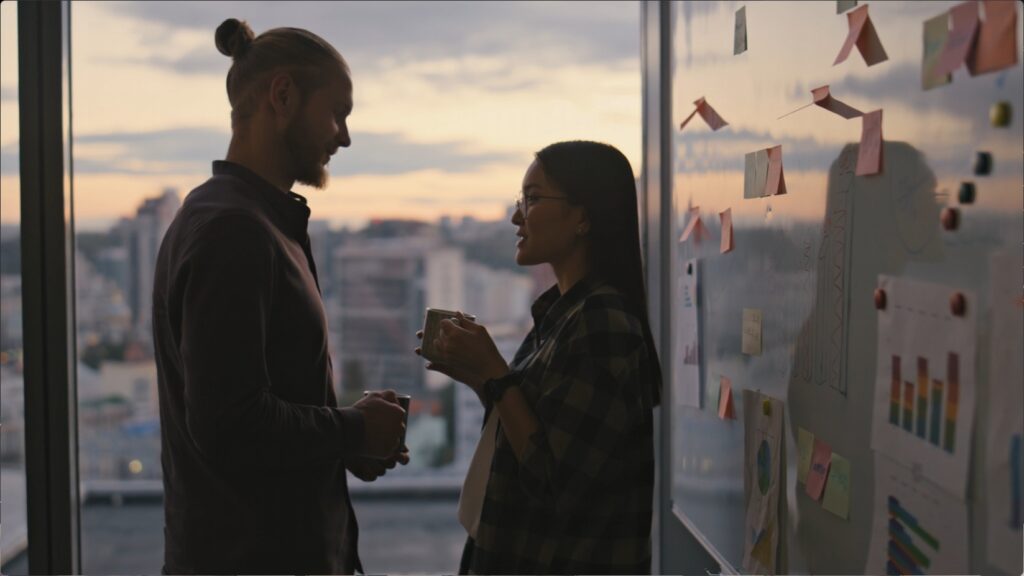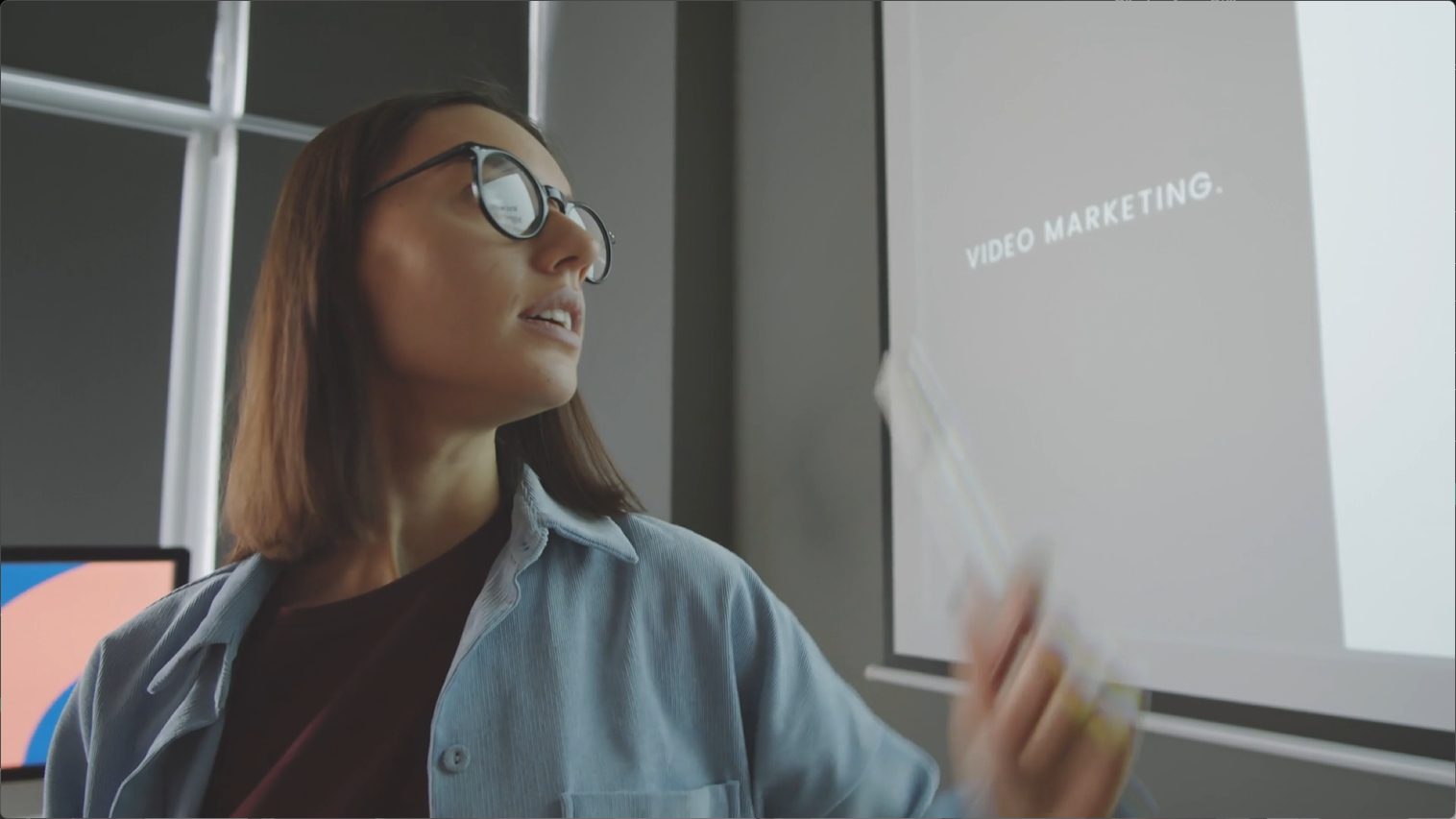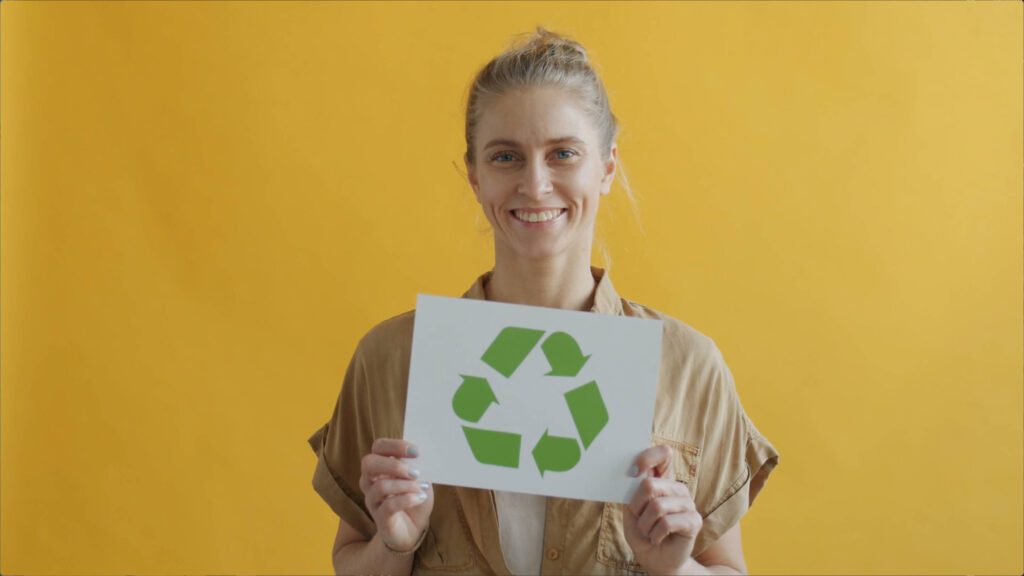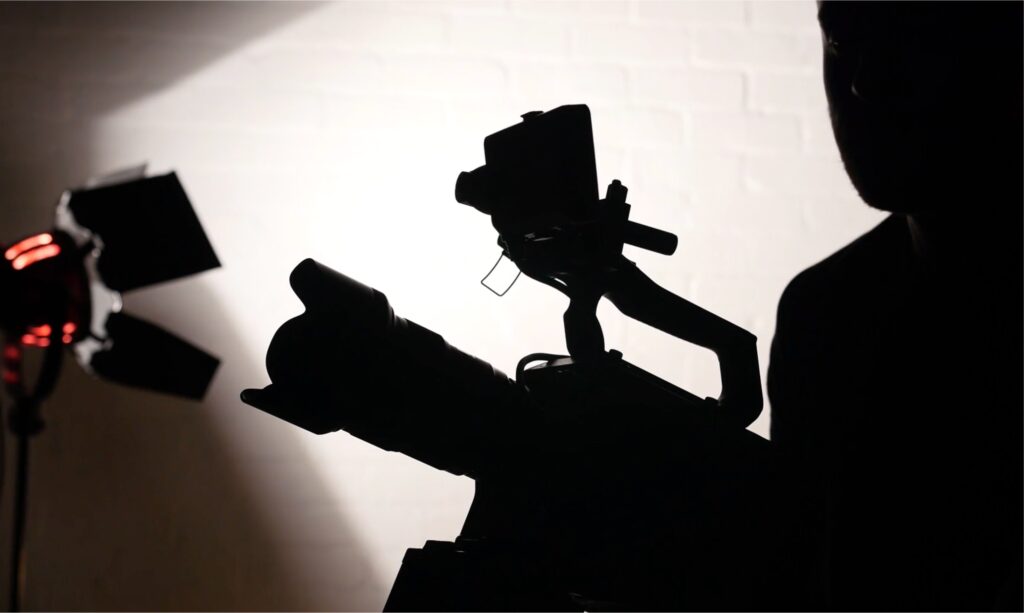This fictional story is crafted to inject knowledge and relatability into the real challenges and insights of video marketing. While the narrative is a product of imagination, the experiences and lessons shared are grounded in genuine strategies for maximizing ROI with video content. I hope this story resonates with those on a similar journey, offering both a smile and some practical advice along the way.

When I first stepped into my role as Marketing Manager at mid-sized company, I was full of energy, armed with ideas, and ready to take on the world—or at least our market share. I was in my early 30s, with a decade of experience under my belt, and I felt like I had something to prove. But I quickly realized that not everything goes according to plan.
It was a sunny Tuesday morning, the kind that makes you feel invincible. I was in our newly renovated office, sitting in a meeting room with a group of young, eager colleagues. We were brainstorming ways to boost our brand’s visibility, and the conversation inevitably turned to video content. It seemed like the obvious choice—everyone was doing it, and the stats were compelling. But then came the reality check: our budget was tight, and my team wasn’t exactly brimming with video production experience.
The Wake-Up Call: A Humbling Realisation
I’ll never forget the first video campaign we launched. We had poured our hearts into it, convinced that it was going to be a game-changer. We hired a fancy production company, spent hours on scripting and storyboarding, and when the final product was delivered, it was… good. Not great, but good. We pushed it out across all our channels, confident that it would go viral.
It didn’t.
The numbers trickled in slowly at first, then came to a halt. Engagement was low, and conversions were barely noticeable. I felt like I had failed—not just my team, but myself. Here I was, the “brilliant” marketing manager, unable to deliver the results I had promised. I remember sitting at my desk late one night, staring at the metrics, wondering where I went wrong.
The Turning Point: Learning from Failure
That moment of self-doubt could have easily turned into a downward spiral, but instead, it became a turning point. I started asking myself the tough questions: Why didn’t this video resonate with our audience? How could we have done it differently?
I began reading everything I could about video marketing. I listened to podcasts, attended webinars, and even reached out to a few mentors. One piece of advice stood out to me: “Don’t just make a video—tell a story that matters.” That hit home. I realized that while our video was polished, it lacked authenticity. It was a commercial, not a connection.
So, I decided to try something different. We didn’t have the budget for another high-end production, so I turned inward. I asked my team to share stories—real stories—about their experiences with our product. We filmed these stories ourselves, using just our smartphones and a simple editing tool. No scripts, no actors, just genuine people talking about why they loved what we were doing.
The Power of Authenticity: A New Approach
The difference was night and day. These videos didn’t just perform better; they struck a chord with our audience. Comments poured in from customers who could relate to the stories we were sharing. Our engagement rates soared, and we started seeing a noticeable uptick in conversions. It wasn’t just about the numbers, though—it was about the connections we were making.
That’s when I learned one of the most important lessons of my career: authenticity beats perfection every time. People don’t want to be sold to; they want to feel understood. And video, when done right, is one of the most powerful tools to create that understanding.
Building on Success: Scaling Smartly
As our success with these videos grew, I knew we needed to scale, but I didn’t want to lose that authenticity. We continued to produce content in-house, but we got smarter about it. We started repurposing existing content, turning blog posts into video scripts and breaking down longer videos into bite-sized clips for social media. We also began experimenting with user-generated content, encouraging our customers to share their own stories on camera. It was a win-win: we got fresh content, and our customers felt even more connected to our brand.
But perhaps the biggest change was how we approached our video strategy overall. Instead of trying to create the “perfect” video, we focused on creating meaningful connections. We used data to guide our decisions, analyzing what types of stories resonated most with our audience and doubling down on those.
Looking Back: What I’ve Learned
As I reflect on this journey, I realize that maximizing ROI with video content isn’t about having the biggest budget or the fanciest production. It’s about knowing your audience, telling stories that matter, and being willing to learn and adapt along the way.
I’m not saying it’s easy—there were plenty of late nights and moments of doubt. But I can honestly say that the experience has made me a better marketer, and a better leader. I’ve learned to embrace failure as a learning opportunity and to trust in the power of authenticity.
So, to any marketing managers out there feeling the pressure to deliver perfect, high-budget video campaigns, my advice is this: Don’t be afraid to get real. Tell the stories that matter, even if they’re not polished. Connect with your audience on a human level, and the ROI will follow.
And remember, you don’t have to do it alone. Lean on your team, your mentors, and your own experiences. The answers are often closer than you think.





